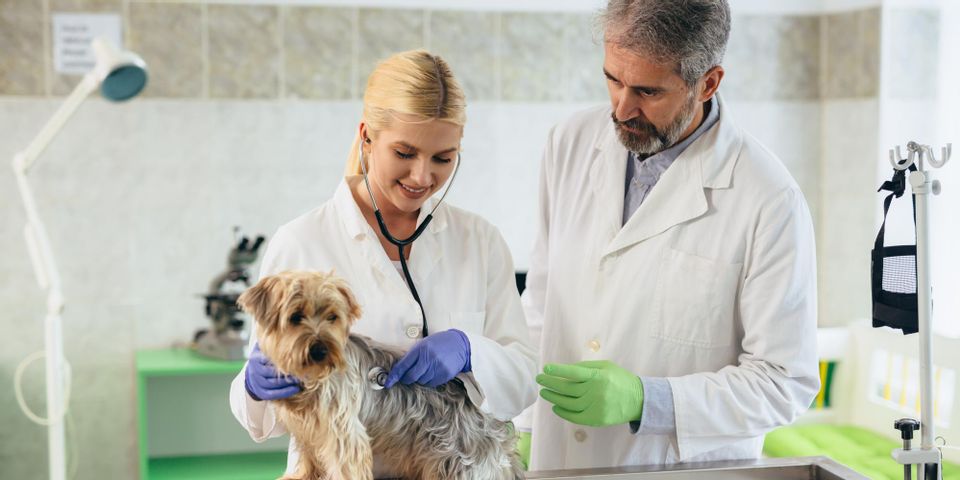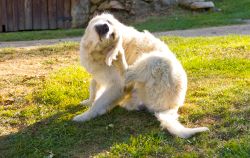
Like humans, dogs can experience ingrown hairs. This happens when a strand doesn’t fully break through the skin, growing sideways under the surface. Luckily, veterinarians address these issues at all stages to keep pets comfortable. Use the guide below to determine when to visit a vet for an examination.
What Causes Ingrown Hairs in Dogs?
Ingrown hairs are common side effects of pyoderma, a skin condition. They may also develop after shaving, especially in certain breeds, such as spaniels, retrievers, setters, and schnauzers.
An ingrown hair might appear as a red bump, similar to a pimple. The affected area may also look crusty or have unusual texture.
 Since these symptoms are often hidden by the animal’s fur, pay attention to behavioral changes. Pups tend to scratch and chew at irritated skin. Dogs with short coats often experience this issue around the abdomen, where the fur is thinner. Ingrown hairs may develop anywhere on breeds with long and curly coats.
Since these symptoms are often hidden by the animal’s fur, pay attention to behavioral changes. Pups tend to scratch and chew at irritated skin. Dogs with short coats often experience this issue around the abdomen, where the fur is thinner. Ingrown hairs may develop anywhere on breeds with long and curly coats.
How Is It Treated?
A veterinarian might recommend a topical scrub to remove the ingrown hair. Applying warm saltwater to the area with cotton balls also softens the skin and encourages the hair to break out.
If the site is infected due to bacteria accumulation, the veterinarian might lance it, which involves pulling the hair out with tweezers.
In cases where the dog has folliculitis, a condition that results in frequent ingrown hairs and inflammation, professionals may prescribe oral antibiotics as well as antiseptic shampoo, conditioner, and other topical products.
If you notice your pup scratching themselves often, visit Countryside Veterinary Service. Serving all of Northeastern Ohio and Northwestern Pennsylvania, their experienced veterinary team diagnoses a range of conditions that cause such discomfort. They will treat your pet like part of the family in their state-of-the-art facility. Discover more about their veterinary services online.
About the Business
Have a question? Ask the experts!
Send your question

